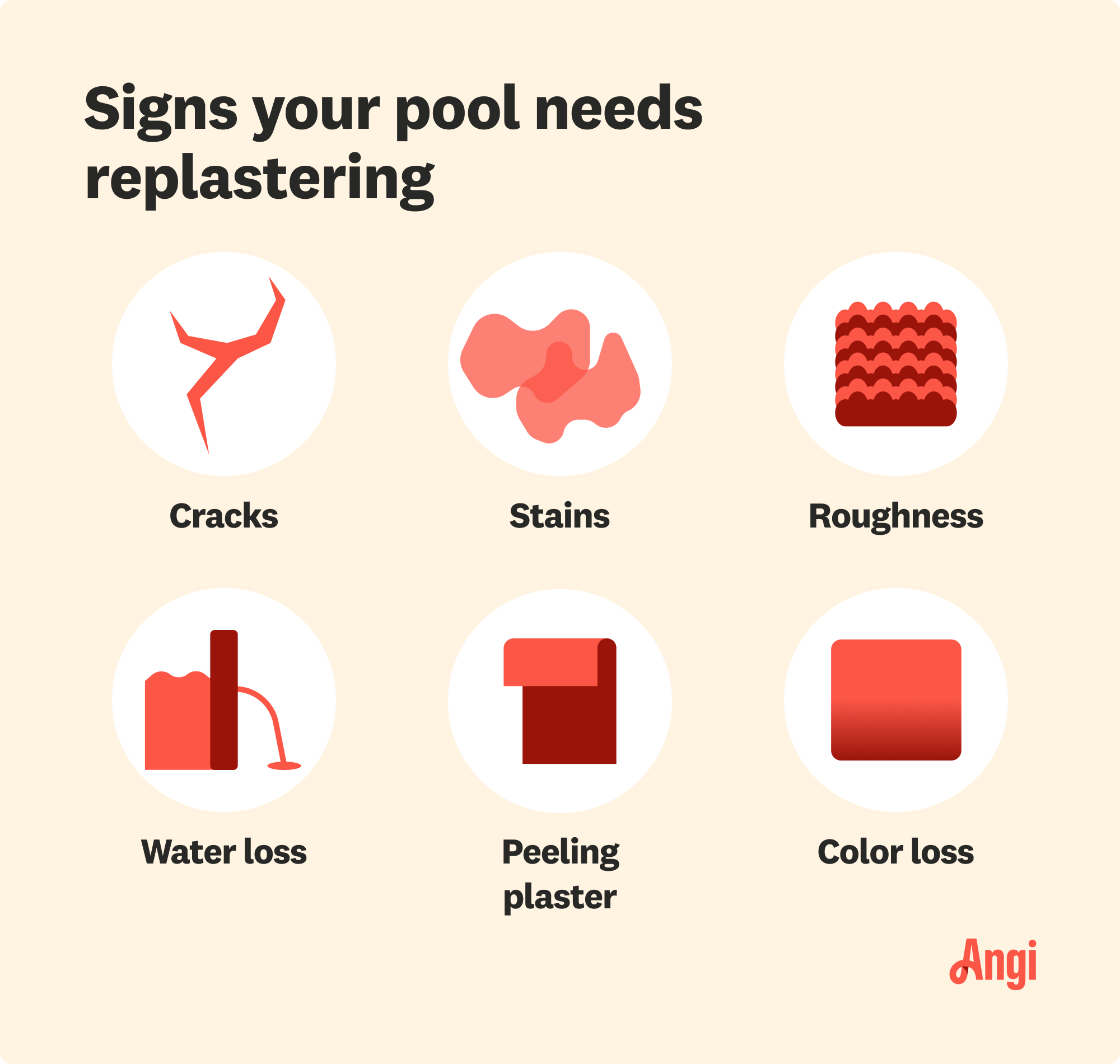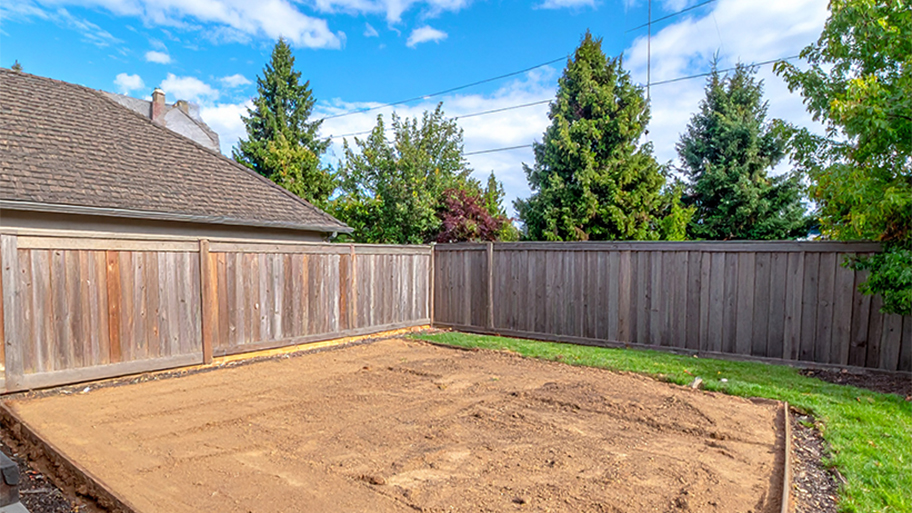
When murky waters and slimy surfaces get in the way of your pool parties, it may be time to consider the cost to acid wash a pool. Refresh your pool by bringing in the pros.
Take advantage of mild weather to get your pool ready for a hot summer


Concrete swimming pools should be replastered about every 10 years.
Replastering during the late spring or early fall will achieve the best results.
You should replaster your pool when the temperature is between 50 and 75 degrees Fahrenheit.
Your swimming pool can host many summers of outdoor fun for you and your family. Over time, however, the plaster coating on your concrete pool will start to crack, leak, or chip and need replastering. We’ll walk you through all the factors involved in deciding when is the best time of year to replaster your pool.

Pool plaster is a coating applied to a concrete pool to keep it watertight and protect its surface from damage from pool chemicals. Like other kinds of plaster, pool plaster must be applied under certain conditions and temperatures.
Replaster your pool when the temperature is between 50 and 75 degrees Fahrenheit—the plaster won’t cure in colder temperatures, and hotter temperatures will cause the plaster to dry too quickly, leading to cracks. Depending on where you live, late spring or early fall is the ideal time to replaster your pool. You may have a longer span of appropriate weather for replastering in warmer climates.

Replastering a pool is a big job, and several factors can affect when you choose to do it. Consider the following aspects to make the best decision.
Temperature might be the most important factor in figuring out your replastering timeline—pool plaster should always be applied when the weather is between 50 and 75 degrees Fahrenheit. In much of the country, winter temps drop too low to apply plaster, and in warmer areas, the summer sun makes it too hot for the plaster to cure properly. Mild, sunny days are your best bet.
You’ll want to be sure it isn’t raining when you replaster your pool. If the plaster gets wet, it’ll interfere with the setting process and result in improperly set plaster. Take the wind conditions into consideration, too. Pool plaster is sticky when curing, so a windy day might mean you’ll end up with dust, leaves, or other debris stuck to your pool’s surface.
Most pool plaster will need only a few hours to set before you can refill the pool. Unlike many other kinds of pool finishes, pool plaster does most of its curing underwater, and the new plaster isn’t fully cured for one to two weeks. During this time, you’ll need to brush the pool twice a day and check the pool’s pH daily for about a week since the plaster’s curing process can affect the pH levels.
In most parts of the country, summer and winter are the worst times to replaster a pool. Extreme temperatures can interfere with the plastering process and compromise results. Waiting for the temperature sweet spot will ensure your newly replastered pool lasts for years to come.
Replastering a concrete pool costs an average of $6,500 but can easily run more than $10,000 or more for larger pools. Be sure to get quotes from several pool refinishing pros before starting your project so you know exactly how it’ll fit into your budget.
Unless you have extensive pool replastering experience, this job is best left to the pros. A local pool resurfacing company will have the expertise and equipment to make sure you get the best results. Handy homeowners won’t be totally hands-off, though—you’ll need to perform some consistent maintenance tasks in the weeks after resurfacing to ensure the plaster cures correctly.
From average costs to expert advice, get all the answers you need to get your job done.

When murky waters and slimy surfaces get in the way of your pool parties, it may be time to consider the cost to acid wash a pool. Refresh your pool by bringing in the pros.

Are you thinking about filling your pool? The cost to fill a pool depends on the type of fill used and the size of your pool.

Pool heater problems could point to many issues, some of which you can troubleshoot. Find out repair costs for heat pumps, natural gas, and solar pool heaters.

Cracked, chipped, or loose pool tile? This guide will show you how to replace pool tile and coping so you can dive right into swim season without a worry.

You can build an above ground pool on uneven ground if you take the time to level it. This guide will show you how to level ground for a pool in a few easy steps.

Knowing how much salt to add to a pool will prepare it for use on a hot day. Use these calculations to keep your pool salt levels in the right spot.